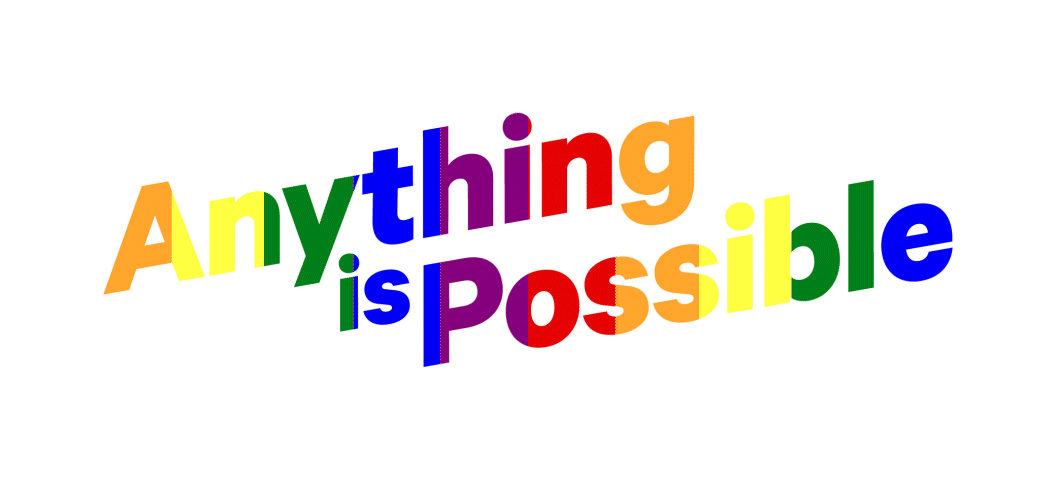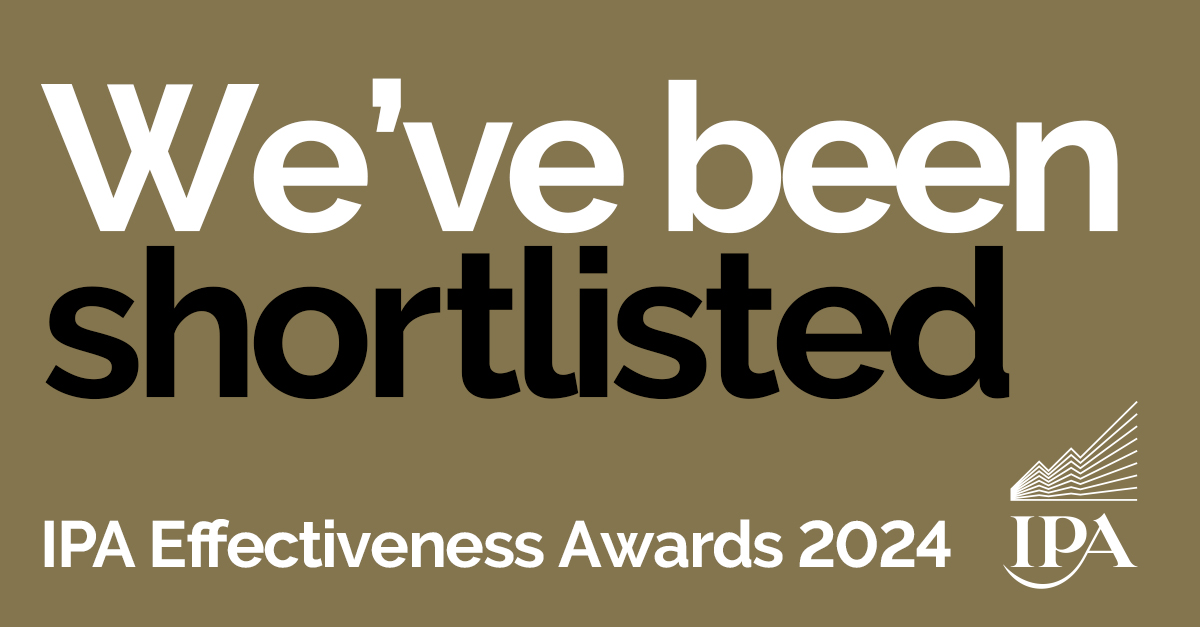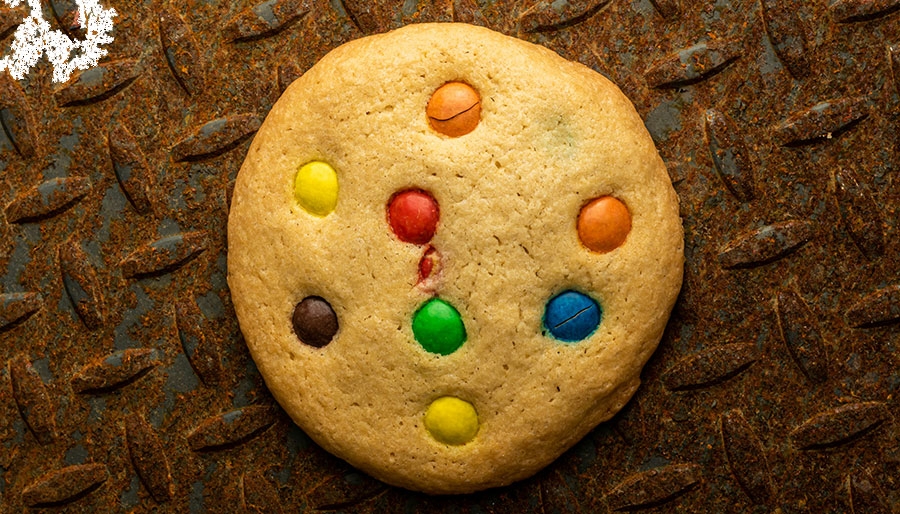In celebration of Pride 2021, we take a look at the history and origins of Pride, and how post 2020 it presents unique and valuable challenges for today’s organisations.
LGBQT+ Pride is a now-annual and widely celebrated season which takes many forms, from street parties to parades to online events. It is also one of the most significant cultural media moments of the year, creating huge opportunities (and risks) for brands and agencies alike.
But how did we get there and where are we now, really?
The Stonewall event wasn’t the first time that the LGBT+ stood up to assert its presence and its rights. But today it is the most well known. On 28th June 1969, a police raid on Greenwich Village’s Stonewall Inn, a popular LGBT+ hangout, drove the community into action and sparked riots and demonstrations from the LGBT+ community which lasted for weeks.
Harassed New Yorkers protested for their rights to be open about their sexuality without fear of persecution. The activist networks forged during those hot summer weeks quickly coalesced in into the Gay Liberation Front, who organised the first Pride march in New York in 1970. Its revolutionary ideas and activism soon spread worldwide, arriving in the UK in 1972.
However, the history of Pride is not just about one individual protest, or even an annual event. It’s about the continuing wave of queer activism and uprising that has happened across global North since the 50s, and is continuing to spread around the world.
But this is 2021, and last year the whole world changed. With so many of the things we thought we knew called into question, many have begun to question the direction of Pride, arguing that what started as a protest for gay rights has now morphed into a commercialised, rule-bound marketing event.
More from laziness than malice, many corporations now view Pride, especially in the UK, as the perfect PR opportunity – to talk the talk without walking the walk (or strutting in the parade).
Brands need to be wary of accusations of “pinkwashing”. Netflix was accused of wearing an ally face during Pride month – despite soon enough having more transphobic casting on their site.
Underneath the rainbows and glitter, Pride is an inherently political event. And politics is messy, confusing and difficult. Brands are often bad at understanding anything as real and as volatile as the simple discrimination and danger LGBTQ+ people still face every day.
That’s the downside. Elsewhere there are increasing examples of brands who live up to the challenge that Pride presents to business-as-usual. In terms of not only broadcasting their support of the LGBT+ community, but backing it up with authentic action.
There’s a strong case to be made that businesses’ buying into Pride, helps to institutionalise the acceptance of the LGBTQ+ community within the general public. For example, Coca-Cola, supported Team Pride’s Rainbow Laces campaign in English football and championed it throughout the business by putting rainbow welcome mats outside 10 Premier League stadiums.
A lot of it arguably comes down to the fact that brands should put their money where their mouth is. Every gesture should be balanced by a concrete action. Don’t create pride merch only to inflate costs – donate your resources to the hardworking LGBT+ charities that are working to tackle the misconceptions around the community and provide support to those in need.
The important thing to remember here is that these authentic actions are never zero-sum. From a marketing perspective, authentic engagement is the story you should be telling.
Brighton Pride goes right past the bottom of our street. For lots of reasons, it’s something very close to our hearts.
We’re putting our money – but more importantly our skills and our resources – where our mouth is. We’ll say more on that later. (But if you’re a Brighton based charity helping the LGBTQ+ community you should really get in touch.)
For now it’s enough to say-
Happy Pride Month!




